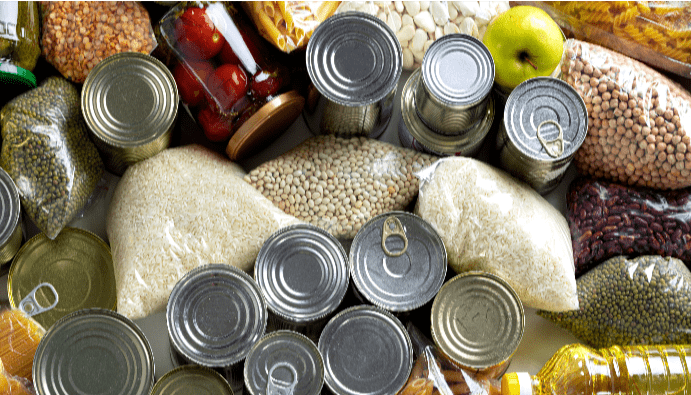
BLOG
KATEGORİDEKİ DİĞER YAZILAR

The shelf life and safety of food products are of great importance in terms of both protecting consumer health and preventing economic losses. Biological stability analysis is a set of methods used to assess the resistance of a food to biological spoilage over time and to determine its safe consumption period. This analysis examines the microbial load, chemical reactions and physical properties of the food.
Biological stability is the resistance of a food to microbial growth, oxidation or other biochemical processes. In a stable food product, the following problems are minimal:
1. Protecting Consumer Health: Biological stability analysis ensures safe consumption by controlling the growth of pathogenic microorganisms (such as Salmonella, Listeria, E. coli).
2. Quality Protection: Determining the color, taste, smell and texture of food before spoilage ensures that product quality is maintained until it reaches the consumer.
3. Legal Compliance: Many countries require shelf life and microbial analysis within the scope of food safety regulations.
4. Preventing Economic Loss: Shelf life tests are important to prevent returns and losses due to spoilage.
1. Microbial Analysis
2. Chemical Stability Tests
3. Water Activity (Aw) Measurement
4. Sensory Analysis
5. Shelf Life Simulation Tests
1. Food Type: Different foods, such as dairy products, meat products, fresh vegetables and fruits, are susceptible to different levels of biodegradation.
2. Processing and Storage Conditions: Processes such as pasteurization, sterilization or cold chain practices significantly reduce the microbial load of food.
3. Packaging: Vacuum packaging or modified atmosphere packaging (MAP) extends shelf life by increasing biological stability.
4. Preservatives: Natural or synthetic preservatives added to food slow microbial growth and oxidation.
Nanolab Laboratories Group continues to provide services within the scope of Biological Stability Analysis in Foods. We also provide services in GMO Analysis.
Contact us for more information.
You can follow us on LinkedIn for up-to-date news and posts about our services.
Follow our Instagram account to be informed about our latest blog posts.